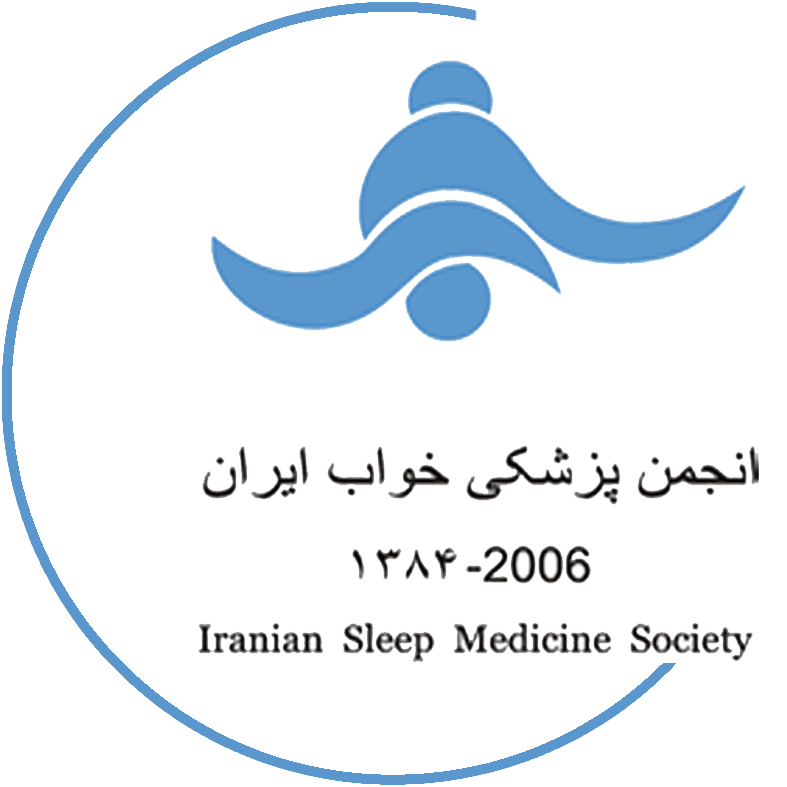Dreaming with Content of Obsessions before Relapse of Clinical Symptoms in a Rare Case of Obsessive-Compulsive Disorder
Abstract
Background and Objective: Obsessive-compulsive disorder (OCD) is considered as a chronic disabling psychiatric disease with poor response to pharmacological treatments. The poor understanding of mechanistic links between psy-chiatric diagnoses and sleep abnormalities contributes to the lack of certainty; a clarification of its relationship with dream content seems interesting.
Case Report: The case was a 37-year-old Iranian woman with OCD. The dreams with obsessive content had begun almost two months before the recurrence of the clinical symptoms. As she got closer to the time of the relapse of clini-cal symptoms, she had more frequent and longer dreams with content of washing; treatment began with clomipramine. Recurrence of the next episode also started with dreams. After the last episode, she continued her medication and cur-rently she is symptom-free for the past two years.
Conclusion: The correlation of the dreams' content and clinical symptoms of OCD can be a clue for early diagnosis of symptoms and helps prevent clinical symptoms. However, we cannot neglect the effects of the disorder on brain func-tion and sleep structure.
2. Del Casale A, Kotzalidis GD, Rapinesi C, et al. Functional neuroimaging in obsessive-compulsive dis-order. Neuropsychobiology 2011; 64: 61-85.
3. Miyauchi R, Tokuda Y. A rare case of obsessive-compulsive disorder with symptoms of unexplained somatic and memory problem. General Medicine 2015; 16: 33-6.
4. Ruscio AM, Stein DJ, Chiu WT, et al. The epidemiology of obsessive-compulsive disorder in the National Comorbidity Survey Replication. Mol Psychiatry 2010; 15: 53-63.
5. Huppert JD, Simpson HB, Nissenson KJ, et al. Quality of life and functional impairment in obsessive-compulsive disorder: A comparison of patients with and without comorbidity, patients in remission, and healthy controls. Depress Anxiety 2009; 26: 39-45.
6. Kuelz AK, Stotz U, Riemann D, et al. Dream recall and dream content in obsessive-compulsive patients: Is there a change during exposure treatment? J Nerv Ment Dis 2010; 198: 593-6.
7. Cavallotti S, Casetta C, Fanti V, et al. Dream con-tent and intrusive thoughts in obsessive-compulsive disorder. Psychiatry Res 2016; 244: 410-4.
8. Wulff K, Gatti S, Wettstein JG, et al. Sleep and circadian rhythm disruption in psychiatric and neurodegenerative disease. Nat Rev Neurosci 2010; 11: 589-99.
9. Clark DA, Purdon C. New perspectives for a cognitive theory of obsessions. Aust Psychol 1993; 28: 161-7.
10. Whiteside SP, Port JD, Abramowitz JS. A meta-analysis of functional neuroimaging in obsessive-compulsive disorder. Psychiatry Res 2004; 132: 69-79.
11. Maia TV, Cooney RE, Peterson BS. The neural bases of obsessive-compulsive disorder in children and adults. Dev Psychopathol 2008; 20: 1251-83.
12. Nofzinger EA, Buysse DJ, Miewald JM, et al. Human regional cerebral glucose metabolism during non-
rapid eye movement sleep in relation to waking. Brain 2002; 125: 1105-15.
13. Llewellyn S. Dream to predict? REM dreaming as prospective coding. Front Psychol 2015; 6: 1961.
14. Carr M, Nielsen T. Daydreams and nap dreams: Con-tent comparisons. Conscious Cogn 2015; 36: 196-205.
15. Noreika V, Valli K, Lahtela H, et al. Early-night serial awakenings as a new paradigm for studies on NREM dreaming. Int J Psychophysiol 2009; 74: 14-8.
16. Blagrove M, Fouquet NC, Henley-Einion JA, et al. Assessing the dream-lag effect for REM and NREM stage 2 dreams. PLoS One 2011; 6: e26708.
17. Salkovskis PM, Harrison J. Abnormal and normal obsessions-a replication. Behav Res Ther 1984; 22: 549-52.
18. Freeston MH, Ladouceur R, Thibodeau N, et al. Cognitive intrusions in a non-clinical population. I. Response style, subjective experience, and appraisal. Behav Res Ther 1991; 29: 585-97.
19. Fang J, Sanborn CK, Renegar KB, et al. Influenza viral infections enhance sleep in mice. Proc Soc Exp Biol Med 1995; 210: 242-52.
20. Askar W, Khan A, Borson S, et al. Recurring vivid dreams in an older Hmong man with complex trauma experience and cognitive impairment. WMJ 2017; 116: 171-2.
21. Lacey JH, Crisp AH, Crutchfield M, et al. Clomipramine and sleep: A preliminary communication. Postgrad Med J 1977; 53: S35-S40.
22. Feng P, Ma Y. Clomipramine suppresses postnatal REM sleep without increasing wakefulness: Implications for the production of depressive behaviors. Sleep 2002; 25: 177-84.
| Files | ||
| Issue | Vol 4 No 1-2 (2019): Winter-Spring | |
| Section | Case Report(s) | |
| Keywords | ||
| Obsessive-compulsive disorder; Sleep; Dream | ||
| Rights and permissions | |

|
This work is licensed under a Creative Commons Attribution-NonCommercial 4.0 International License. |



